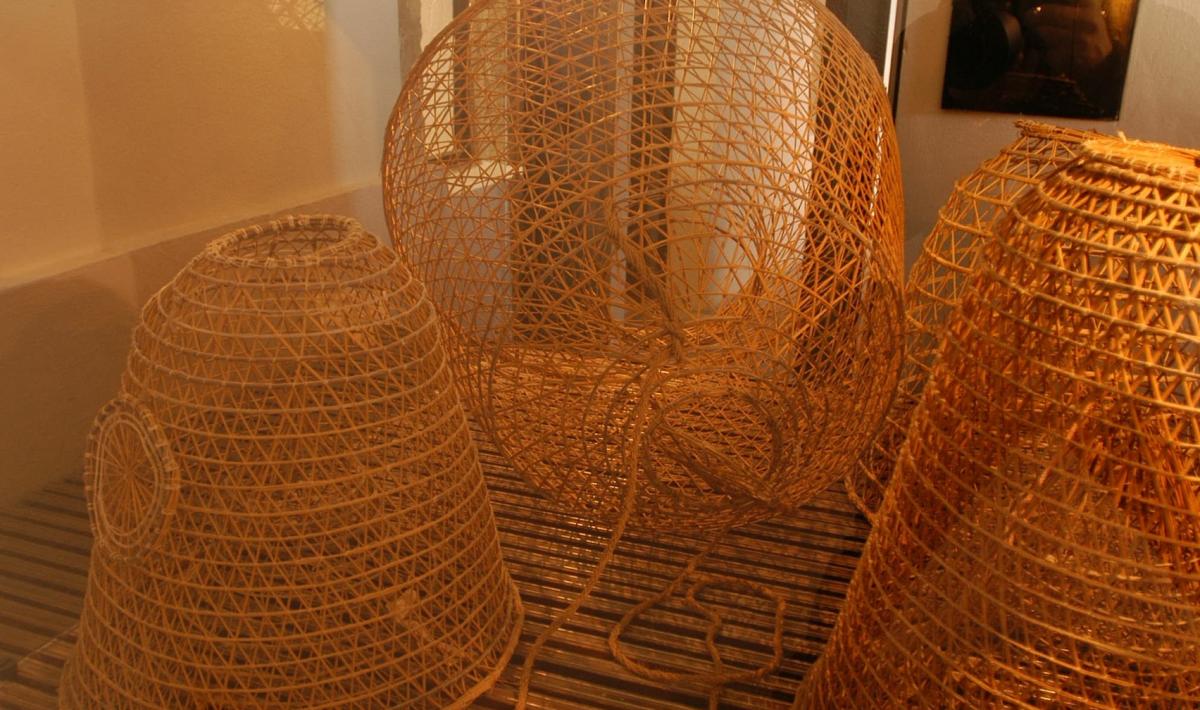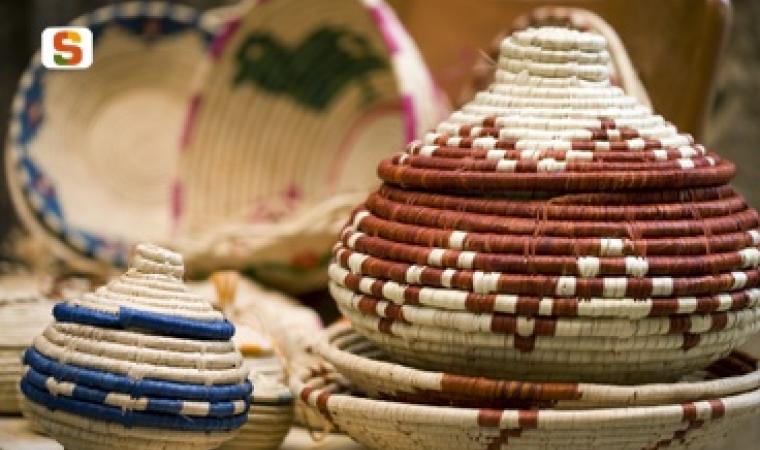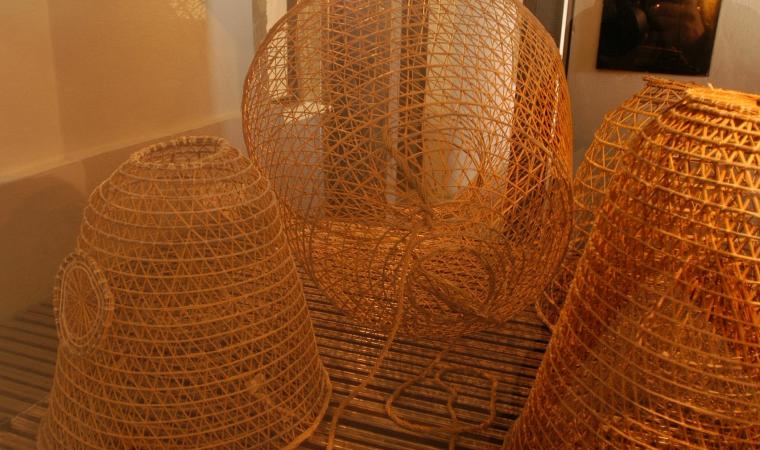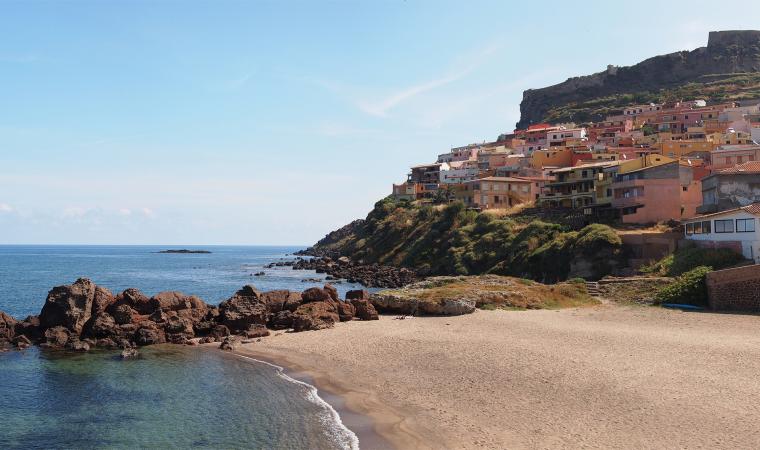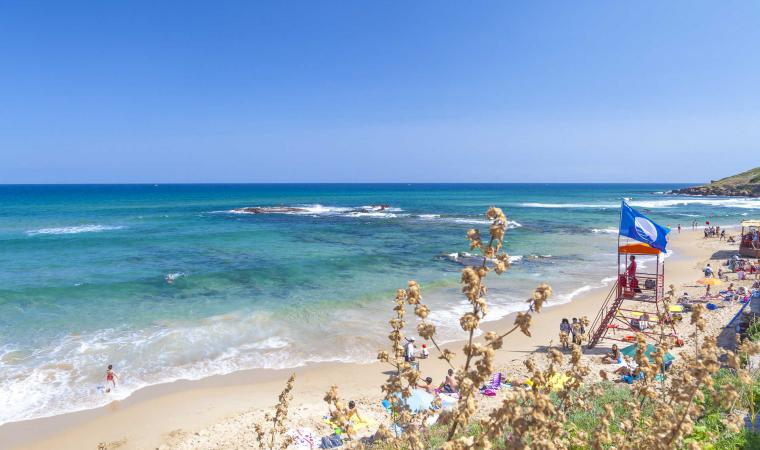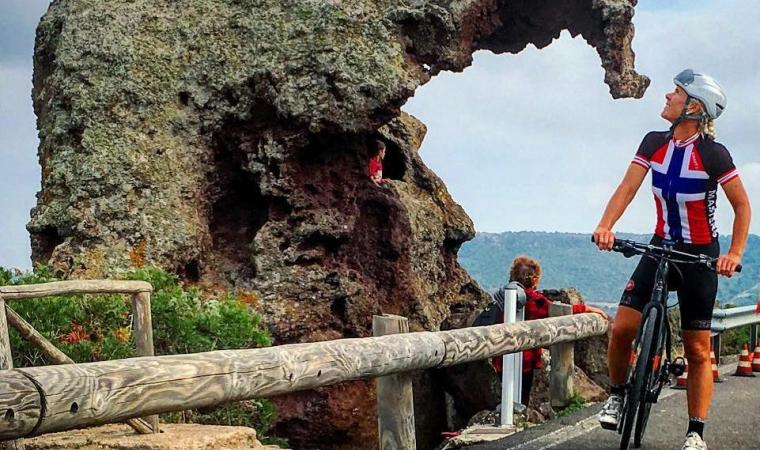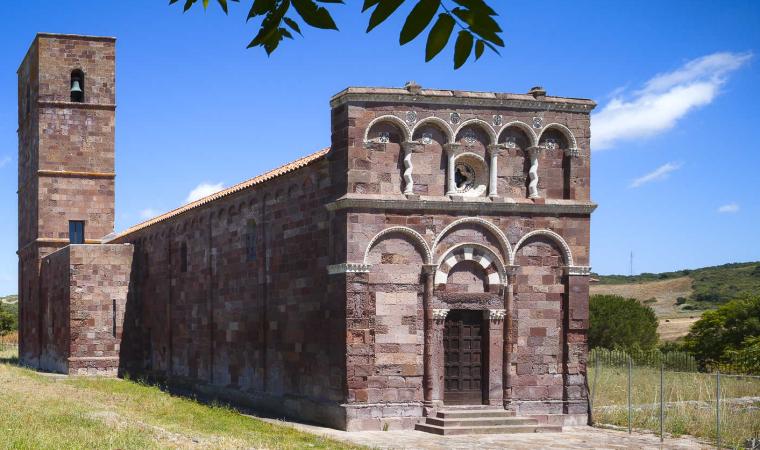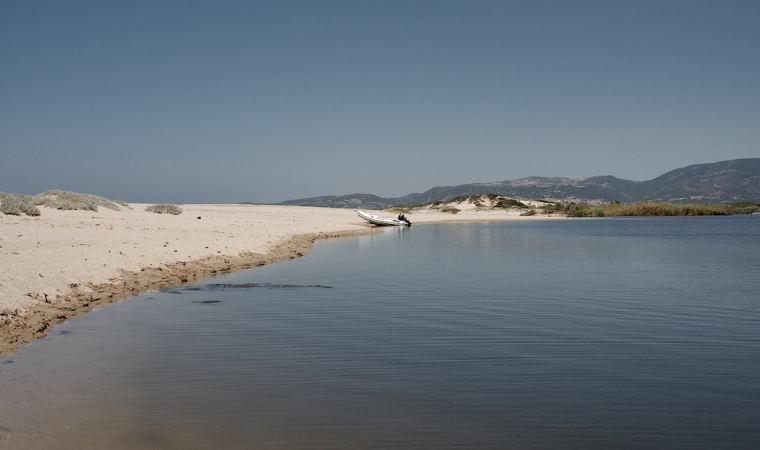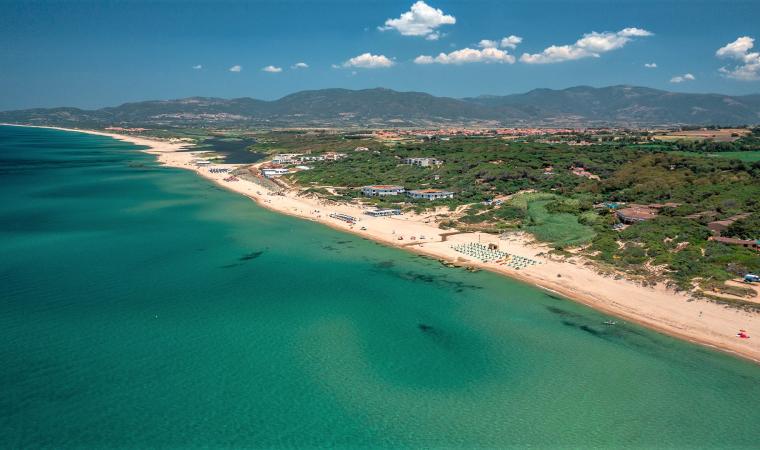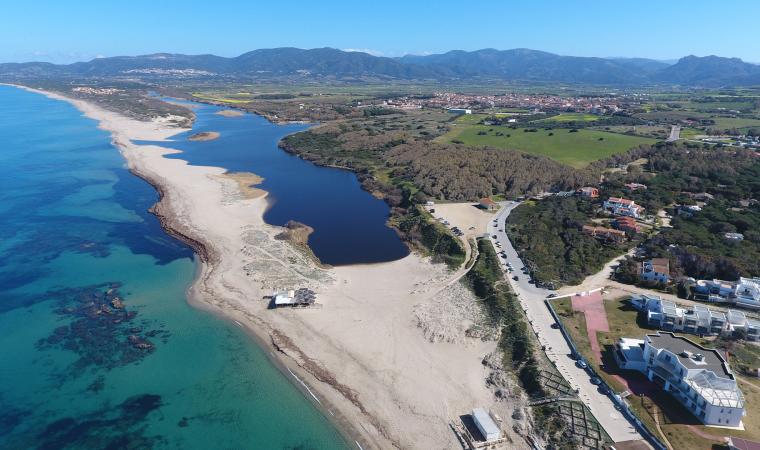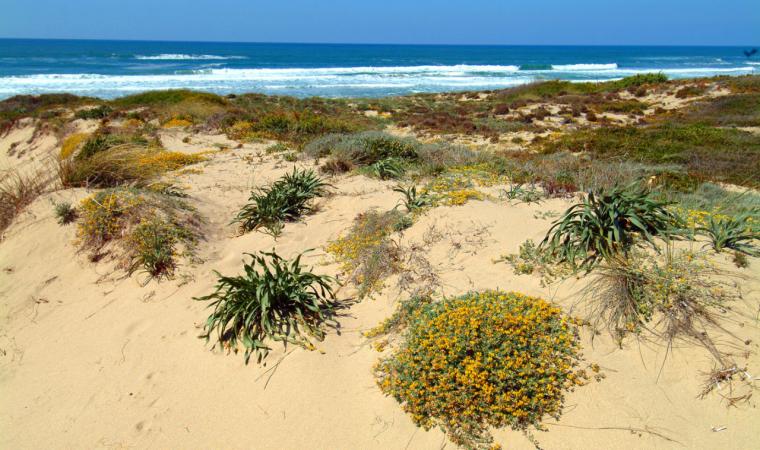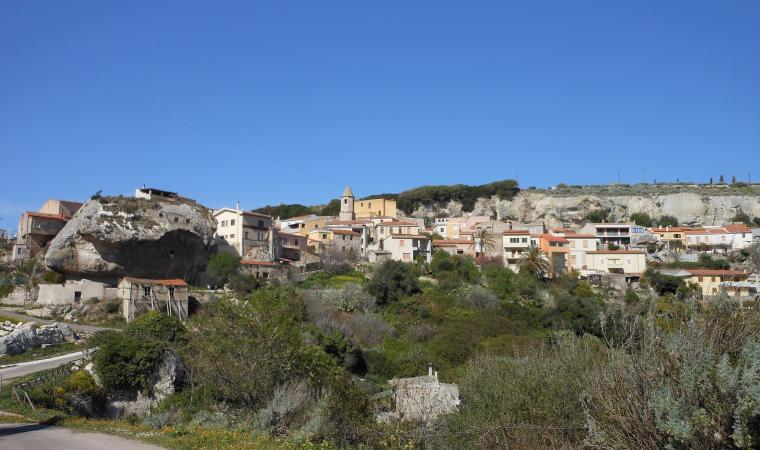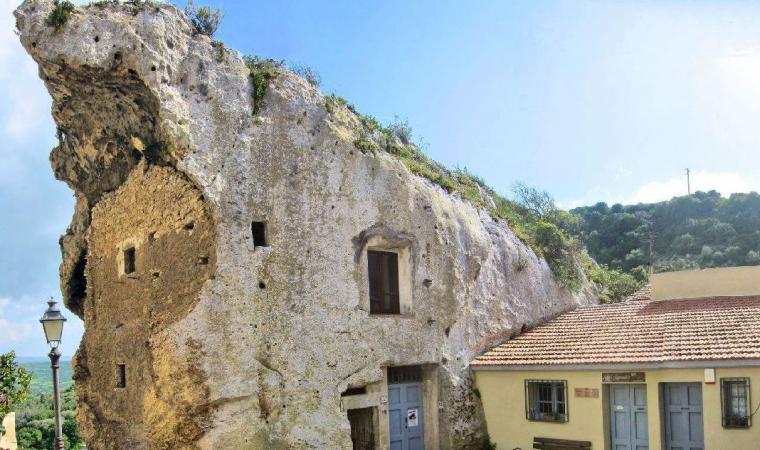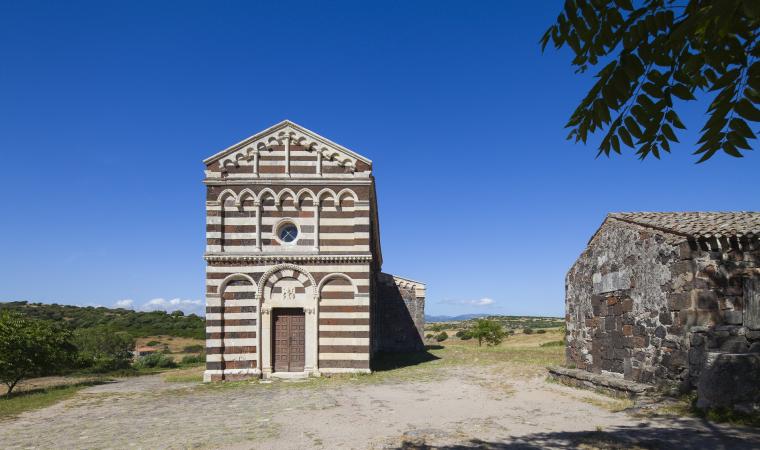After surviving centuries and resisting time, it remains in excellent condition thanks to various renovations and is now home to a legacy crafted from techniques and know-how passed on through generations to become a symbol of Sardinian craftsmanship. Castelsardo sits perched on the top of a hill over the water, much the same as it must have originally been, and continues life as the Museum of Mediterranean Weaving. Its rooms display the work of craftsmen from all over Sardinia and the Mediterranean basin, items made using the ancient techniques of weaving with vegetable fibre.

